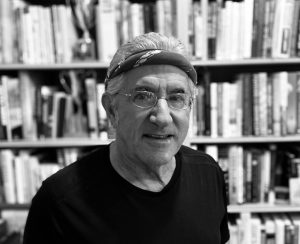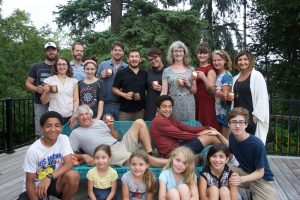Steve Buttress wrote me at the start of his last literary journey that what he was writing had begun with a long-ago visit to Sister Ann Mary at Mt. Carmel, as visit in which he was struck by elements of her history and by the walls of her room covered with art works and posters of historic significance-some of which now reside with the Museum of Nebraska Art. As he figured the story from its inception it would evolve as, what he called, a story about a story, a story about how an author decides what to write.
As he later noted, that presented no really difficult decisions in the first two installments Steve planned-and to come here in several installments as Kearney Creates serializes his story. For those two installments, about Print Olive and Bill Cody, there was a wealth of information, and from it Steve could pick the incidents that supported the points he wanted to stress, points pertinent to the impact their stories had on the place where we now live.
But as he moved toward the third installment-the story that originated among the Carmelites at Mt. Carmel, he told me that, at that point, the story began to get a bit tricky.
Writing about the Carmelites and Sister Ann Mary Schmidt, he said, presents a different challenge. There was no wealth of written material describing their impact. Steve’s personal experience came from sitting amidst that treasure of artifacts and photographs in her room at Mt. Carmel, listening to her stories. And at that time, he wasn’t thinking about writing about it and so didn’t make notes. When he did come to write about it, he would just have to rely on what he could remember.
It proved trickier than he had imagined since, by the time he got to that story, he was in the last stages of his battle with cancer and, sadly, couldn’t write the third part of his story at all, and we’ll all be the poorer that that memory is now lost to us.
All the more reason that we at Kearney Creates want to give you all the two installments-split into several episodes-that he could and did write, painstakingly as it turned out, and to great effect.
I’d been prompting him to tackle this story because I admired his storytelling abilities, seen in several publication, some about local history, some about his family of origin, some for children, and his novels about a character and place based on a real person and place but fictionalized for his series of stories, and especially his next to final story, set elsewhere but essentially about Nebraska. We’ll include a list of his works at the conclusion of posting the episodes of his last story, a story to which he gave the title Radical Winds. We’ll begin that story with his own brief account about its origins among The Carmelites.
By Chuck Peek, Kearney Creates, Editor

